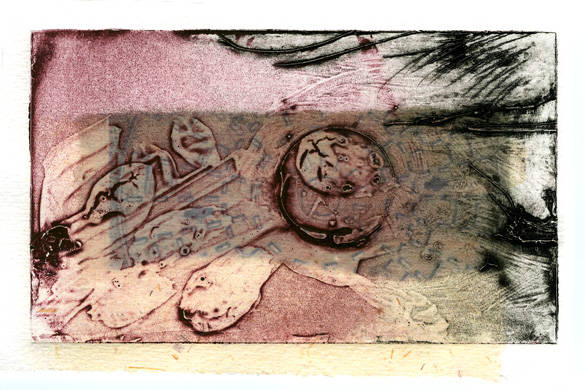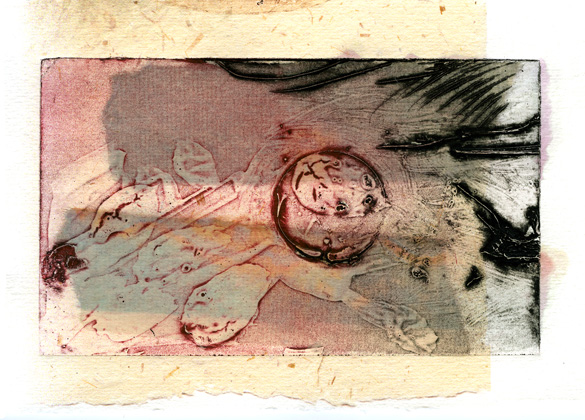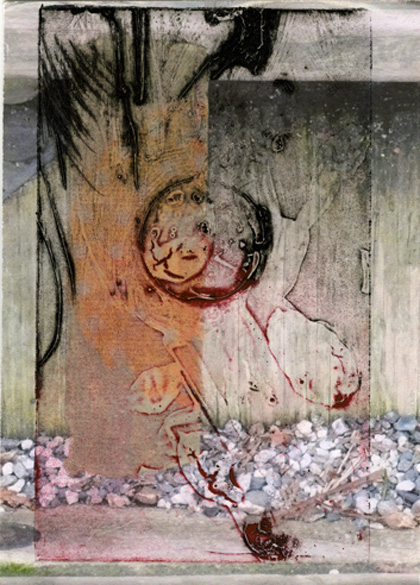Capilano U print sale

It’s that time of year again, even at the Studio Art printmaking department at Capilano University’s North Vancouver campus! The ever-popular Annual Print Sale is next Wednesday, featuring intaglio, relief, silk screen and digital prints created by students, Art Institute members and faculty in the Studio Art program. If you live in the Vancouver area, please come and support the students and get some reasonably priced original artworks for some lucky people on your gift list, including yourself!
Here are directions to Capilano University in North Vancouver. Note also the campus and parking maps.










